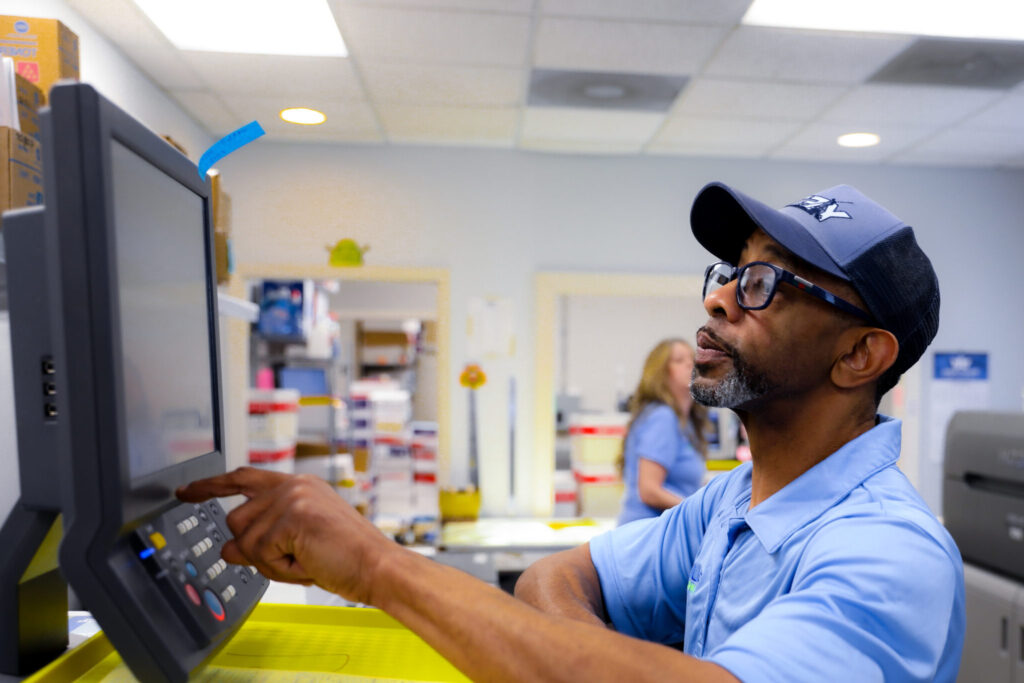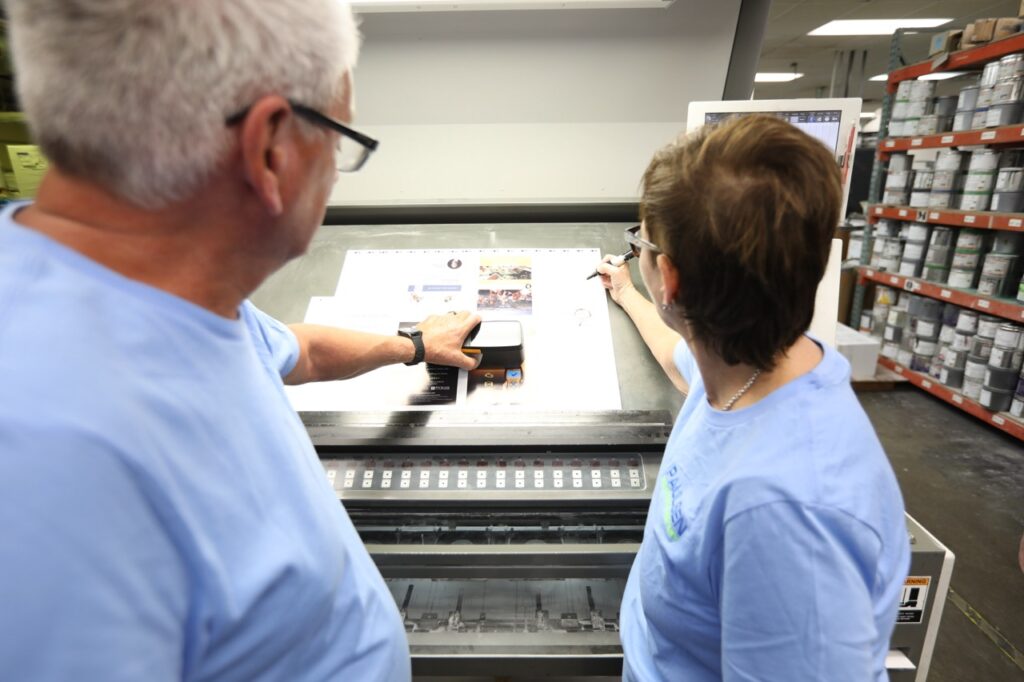Digital Printing


At Paulsen Printing, we provide professional digital printing services in Memphis that deliver fast, high-quality results for a wide range of business and marketing needs. Digital printing allows us to transfer your digital files directly to the press without the need for printing plates, making it a faster, more cost-effective solution compared to traditional offset printing. We can print on a wide variety of substrates, including paper, photo paper, canvas, fabric, synthetics, cardstock, decals, magnets, and more, giving you endless creative possibilities for your projects.
Our advanced technology also enables variable data printing (VDP), which allows you to personalize each printed piece with custom names, images, and content. This makes digital printing the perfect solution for targeted direct mail campaigns, helping you reach specific audiences, demographics, or markets more effectively while maximizing your marketing ROI.
Best Uses for Digital Printing
Digital printing is ideal for small to medium print runs where speed, flexibility, and personalization are key. It’s the best choice for short-run printing, custom marketing materials, personalized mailings, brochures, business cards, flyers, and promotional pieces. With our fast turnaround times, eco-friendly processes, and superior color accuracy, Paulsen Printing delivers digital printing solutions that are efficient, affordable, and built to help your business stand out.